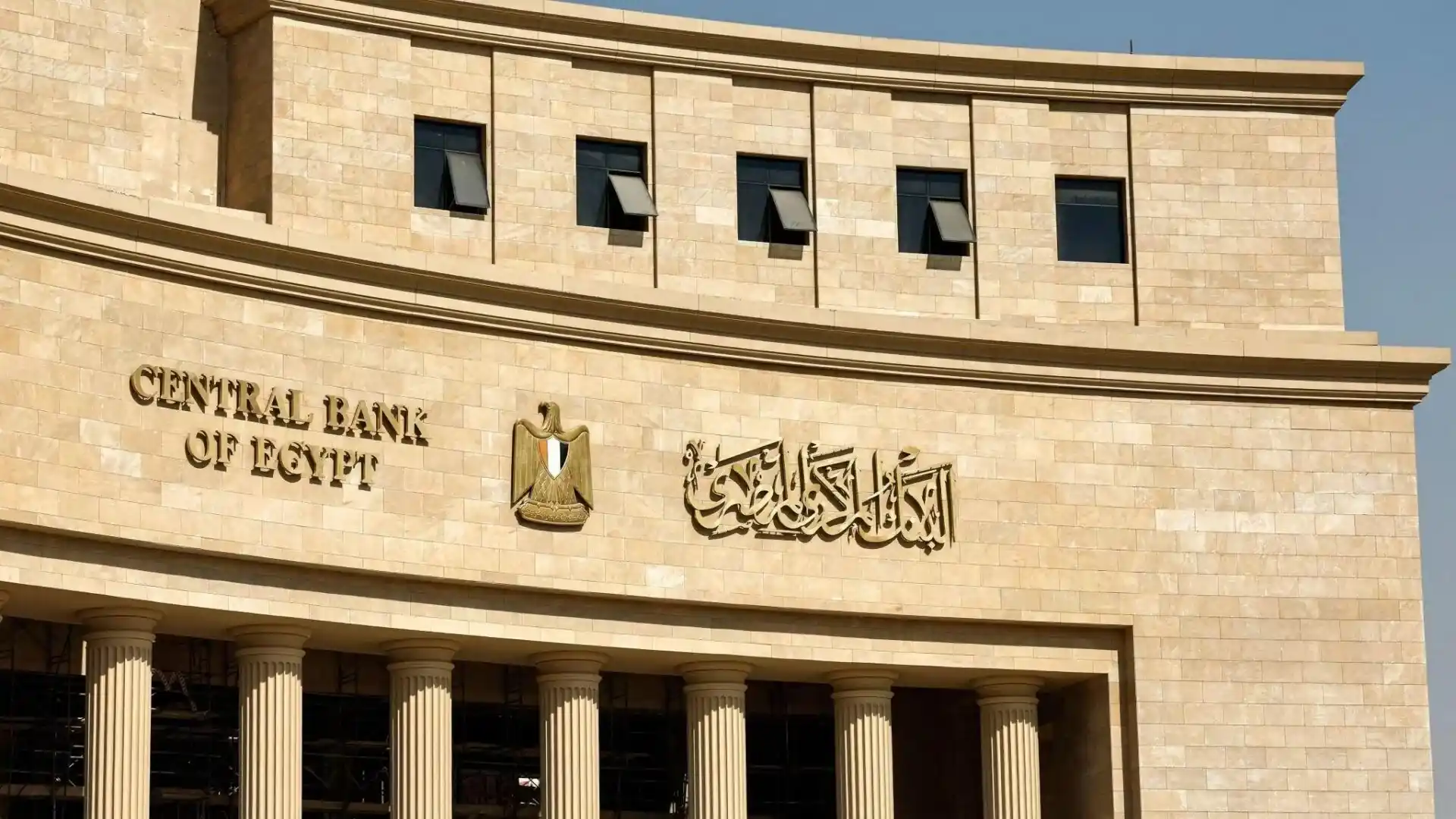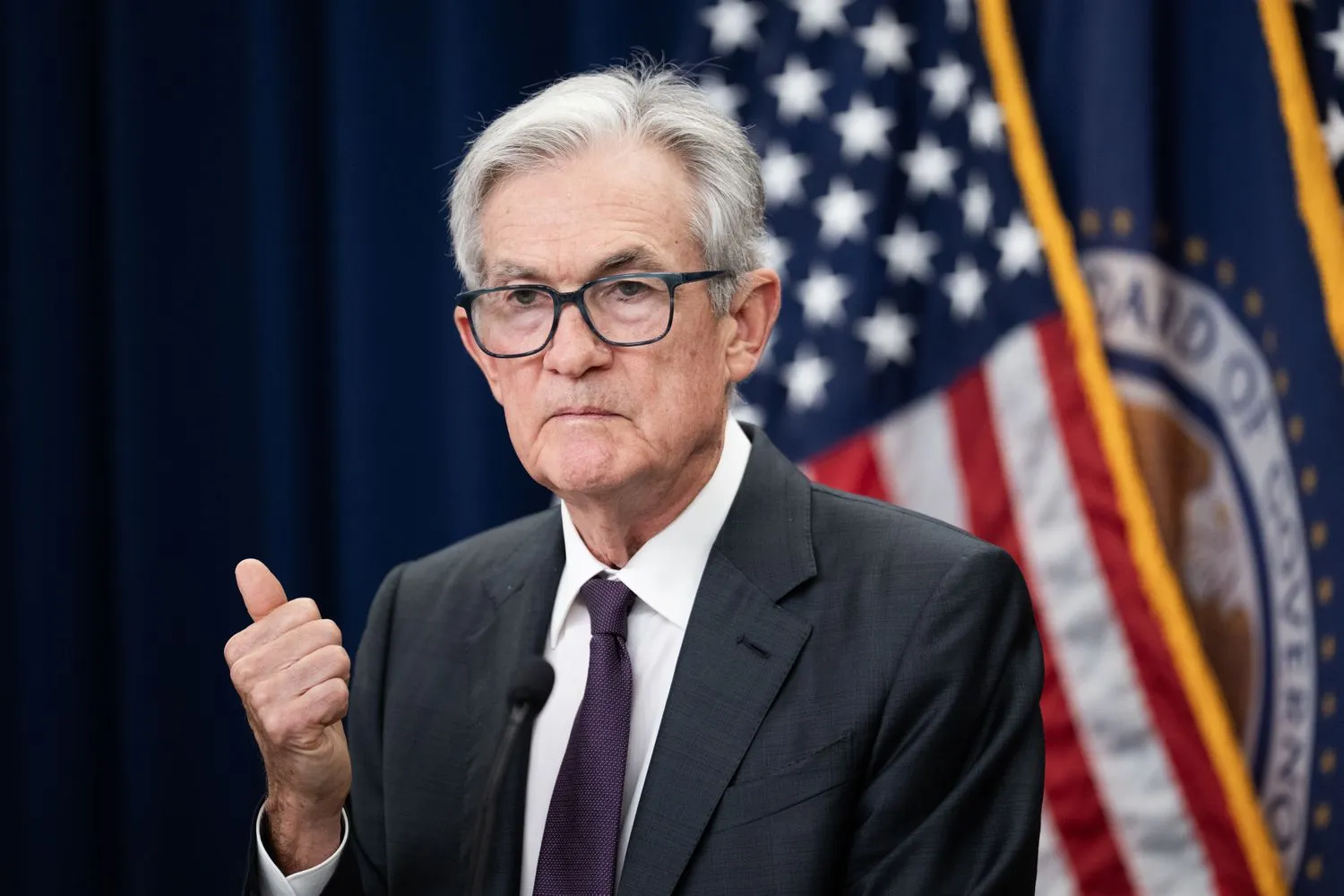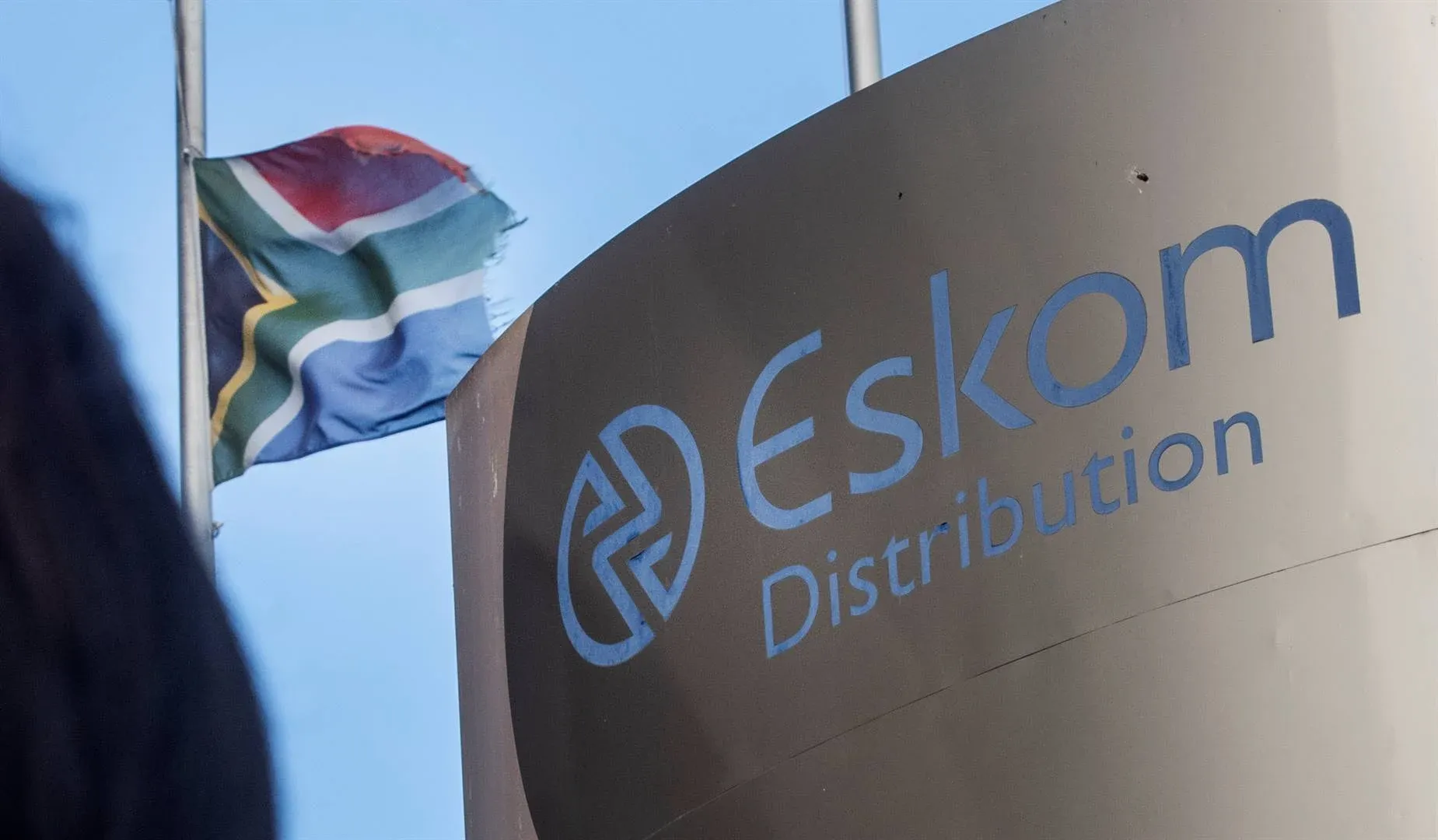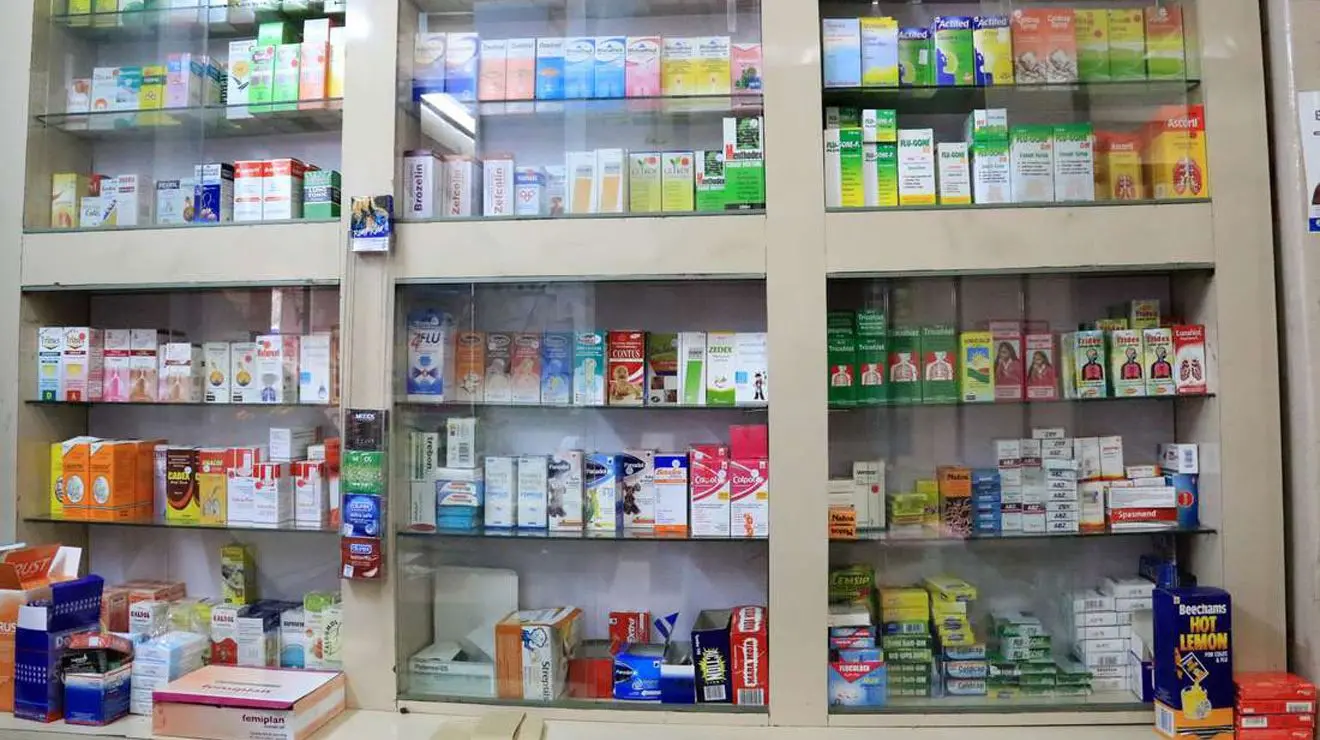Egypt’s Central Bank delivered its fourth interest rate reduction of 2025 on Thursday, cutting overnight rates by 100 basis points as policymakers determined that inflationary pressures remain sufficiently contained to justify continued monetary easing despite robust economic growth that accelerated to 5% in the second quarter of the year.
The Central Bank of Egypt’s Monetary Policy Committee reduced the overnight deposit rate to 21% from 22% and lowered the lending rate to 22% from 23%, according to an official statement released following the committee’s meeting at the bank’s headquarters in the New Administrative Capital east of Cairo.
The decision, which brings the cumulative rate reductions for 2025 to 400 basis points, reflects growing confidence among Egyptian monetary authorities that the country’s inflation crisis has been effectively brought under control, allowing for a gradual normalization of borrowing costs that had reached emergency levels during the height of the nation’s economic difficulties.
Build the future you deserve. Get started with our top-tier Online courses: ACCA, HESI A2, ATI TEAS 7, HESI EXIT, NCLEX-RN, NCLEX-PN, and Financial Literacy. Let Serrari Ed guide your path to success. Enroll today.
Market Expectations Aligned with Policy Decision
The rate cut matched the median expectation of 16 economists and financial analysts surveyed by Reuters prior to the announcement. The consensus among market observers was that Egypt’s steadily declining inflation trajectory provided the central bank with adequate policy space to continue easing monetary conditions and supporting economic activity.
“Despite the acceleration in growth, output remains marginally below potential, suggesting that its current trajectory will continue to support the forecasted disinflation path over the short term,” the Monetary Policy Committee stated in its post-meeting communiqué, signaling that further rate reductions could be forthcoming if economic conditions continue to evolve favorably.
The committee’s assessment suggests that Egyptian policymakers believe the economy can sustain higher growth rates without triggering a resurgence of inflationary pressures, a delicate balancing act that has challenged many emerging market central banks in recent years.
Egyptian Economic Growth Exceeds Expectations
Egypt’s economic expansion accelerated notably in the April-June quarter, with gross domestic product growing by 5.0% year-over-year, up from 4.8% growth recorded in the first quarter of 2025. This represented the strongest quarterly performance in several years and exceeded many analysts’ projections for the period.
The improved growth performance was broadly distributed across multiple sectors of the Egyptian economy. The tourism industry, a crucial pillar of Egypt’s foreign currency earnings and employment generation, showed particularly strong momentum as international visitor arrivals continued recovering from pandemic-era lows and geopolitical disruptions that had previously dampened travel to the region.
Non-oil manufacturing sectors demonstrated resilience and expansion, benefiting from increased foreign investment, improvements in the business environment, and efforts to enhance Egypt’s position in global supply chains. The manufacturing recovery has been particularly important for job creation and economic diversification efforts aimed at reducing Egypt’s historical dependence on agriculture, tourism, and Suez Canal revenues.
The trade sector also contributed meaningfully to the growth acceleration, with both domestic commerce and international trade activity showing improved vitality. These positive developments helped propel overall economic growth for fiscal year 2024/25, which concluded in June, to 4.4%—a substantial improvement from the 2.4% expansion recorded in the previous fiscal year.
Inflation Trajectory: From Crisis to Control
The monetary easing cycle Egypt has pursued throughout 2025 stands in stark contrast to the emergency tightening measures the central bank implemented during 2023 and early 2024, when inflation surged to crisis levels that threatened economic stability and eroded purchasing power for millions of Egyptians.
Headline inflation, as measured by the state statistics agency CAPMAS, declined to 12.0% in August from 13.9% in July, continuing a sustained downward trajectory from the peak of 38.0% recorded in September 2023. That peak represented one of the highest inflation rates Egypt had experienced in decades and prompted aggressive monetary tightening and emergency economic measures.
The dramatic inflation surge was driven by a confluence of factors including sharp currency devaluation, global commodity price increases particularly affecting food and energy, supply chain disruptions, and domestic policy adjustments required as part of Egypt’s negotiations with the International Monetary Fund for financial support.
“A broad-based easing in prices over the past three months suggested that inflation expectations were improving and the impact of previous shocks was gradually dissipating,” the central bank noted in its statement, indicating that the disinflationary process appears to be becoming more entrenched across different sectors of the economy.
Currency Stability and Economic Reforms
The central bank’s ability to pivot toward monetary easing has been significantly enabled by the relative stabilization of the Egyptian pound, which experienced severe depreciation during 2022 and 2023 as foreign currency shortages reached critical levels and parallel market premiums widened dramatically.
Egyptian authorities implemented a more flexible exchange rate regime in early 2024 as part of an expanded IMF program, allowing for a significant one-time devaluation that eliminated much of the gap between official and parallel market rates. This policy shift, while initially painful in terms of import costs and inflation, has helped restore confidence in the currency and improved foreign exchange availability.
The improved foreign exchange position has been reinforced by several major developments, including a $35 billion investment deal with the United Arab Emirates for development projects along Egypt’s Mediterranean coast, increased receipts from tourism and Suez Canal revenues, and resumed portfolio investment inflows as investor confidence in Egyptian assets gradually recovered.
Sectoral Performance and Structural Transformation
The strong performance of Egypt’s tourism sector has been particularly noteworthy, with the industry demonstrating remarkable resilience despite regional security concerns and global economic headwinds. Egypt’s rich archaeological heritage, Red Sea resort destinations, and Nile cruise offerings continue attracting visitors from Europe, the Middle East, and increasingly from Asia.
Tourism revenues provide critical foreign currency inflows that help finance Egypt’s substantial import requirements for food, energy, and capital goods. The sector also generates extensive employment across hospitality, transportation, handicrafts, and related services, making its health vital for social stability in a country where youth unemployment remains a persistent challenge.
The manufacturing sector’s expansion reflects ongoing efforts to position Egypt as a regional manufacturing hub leveraging its large domestic market, strategic location, and improving infrastructure. Recent investments have focused on sectors including textiles and garments, automotive components, pharmaceuticals, and food processing.
Egypt has also sought to attract manufacturing investment relocating from China as companies pursue supply chain diversification strategies. The country’s membership in trade agreements providing preferential access to European and African markets enhances its attractiveness for export-oriented manufacturing investment.
One decision can change your entire career. Take that step with our Online courses in ACCA, HESI A2, ATI TEAS 7, HESI EXIT, NCLEX-RN, NCLEX-PN, and Financial Literacy. Join Serrari Ed and start building your brighter future today.
Monetary Policy Framework and Forward Guidance
The Central Bank of Egypt has emphasized that its policy decisions remain data-dependent and focused on achieving its primary mandate of price stability while supporting sustainable economic growth. The statement from Thursday’s meeting indicated that “demand-side inflationary pressures are expected to remain limited given the prevailing monetary stance,” suggesting policymakers believe current interest rates remain sufficiently restrictive to prevent overheating even as they decline from emergency levels.
Central bank officials have stressed that despite the series of rate cuts, Egypt’s real interest rates—nominal rates adjusted for inflation—remain positive and provide adequate protection against inflation re-acceleration. With deposit rates at 21% and inflation at 12%, real rates of approximately 9% remain quite elevated by international standards.
This suggests room for additional monetary easing if inflation continues its downward trajectory, though policymakers will likely proceed cautiously given Egypt’s history of inflation volatility and sensitivity to external shocks including food and energy price fluctuations, geopolitical developments, and global financial conditions.
Challenges and Risks on the Horizon
Despite the positive momentum evident in recent economic indicators, Egyptian policymakers face several ongoing challenges and risks that could complicate the path toward sustained stability and growth.
External Vulnerabilities: Egypt remains heavily dependent on imported food and energy, making the economy vulnerable to global commodity price shocks. International wheat prices, particularly important for Egypt as the world’s largest wheat importer, significantly impact domestic food costs and inflation.
Debt Sustainability: Egypt’s public debt levels remain elevated relative to GDP, and the government faces substantial external debt service obligations in coming years. Maintaining access to international capital markets at reasonable costs requires sustained progress on economic reforms and fiscal consolidation.
Regional Instability: Ongoing conflicts and tensions in neighboring regions create security concerns, can disrupt tourism and investment flows, and potentially affect Suez Canal traffic—a vital source of foreign currency revenues for Egypt.
Climate and Water Security: Egypt faces long-term challenges related to climate change impacts, water scarcity, and upstream developments on the Nile River that could affect agricultural production and food security for its large and growing population.
IMF Program and Structural Reforms
Egypt’s economic policy framework continues to be shaped significantly by its ongoing IMF program, which was expanded and extended in early 2024 to provide additional financial support contingent on continued implementation of structural reforms.
The program includes commitments to maintain exchange rate flexibility, reduce the state’s footprint in the economy through privatization and private sector development, improve the business environment, enhance governance and transparency, and strengthen social protection systems to cushion vulnerable populations from reform impacts.
Progress on these structural reforms has been mixed, with some areas showing meaningful advancement while others have proven more challenging to implement given political economy constraints and concerns about social stability. The government has prioritized reforms that can generate revenue or attract investment while being more cautious with measures that might increase unemployment or living costs for ordinary Egyptians.
Banking Sector Developments
Egypt’s banking sector has demonstrated considerable resilience throughout the recent economic turbulence, with major banks maintaining adequate capital levels and liquidity despite currency volatility and economic uncertainty. The Central Bank’s regulatory framework has been strengthened in recent years, and stress tests indicate the sector could withstand significant shocks.
The rate cuts implemented during 2025 will gradually reduce banks’ net interest margins but should support credit growth to businesses and households as borrowing costs decline. Expanding access to affordable credit, particularly for small and medium enterprises that generate the majority of private sector employment, remains a policy priority.
Digital banking and financial technology have expanded rapidly in Egypt, with mobile payment platforms and digital wallets gaining significant adoption. The central bank has supported fintech development as part of broader financial inclusion efforts aimed at reducing reliance on cash and bringing more Egyptians into the formal financial system.
Looking Forward: Policy Trajectory and Economic Outlook
As Egypt moves into the final quarter of 2025, the economic outlook appears more favorable than at any point since the COVID-19 pandemic and subsequent global economic disruptions. The combination of moderating inflation, sustained growth momentum, improved foreign exchange availability, and gradually normalizing monetary policy suggests the country may be transitioning toward a more stable economic equilibrium.
However, maintaining this positive trajectory will require continued policy discipline, further progress on structural reforms, and successful navigation of both domestic and external challenges. The central bank’s statement indicated that policymakers remain vigilant regarding potential risks while expressing cautious optimism about the inflation outlook.
Market observers expect the central bank to continue its gradual easing cycle through the remainder of 2025 and into 2026, potentially bringing policy rates down by an additional 200-300 basis points if inflation remains contained and external conditions stay favorable. Such reductions would still leave real interest rates positive but would significantly reduce borrowing costs for businesses and consumers, potentially supporting an acceleration in domestic demand and investment.
The ultimate success of Egypt’s economic stabilization efforts will be measured not just in macroeconomic indicators but in improved living standards for its population of over 105 million people. Translating economic growth into expanded employment opportunities, rising real wages, better public services, and reduced poverty rates remains the fundamental development challenge facing Egyptian policymakers in the years ahead.
Ready to take your career to the next level? Join our Online courses: ACCA, HESI A2, ATI TEAS 7 , HESI EXIT , NCLEX – RN and NCLEX – PN, Financial Literacy!🌟 Dive into a world of opportunities and empower yourself for success. Explore more at Serrari Ed and start your exciting journey today! ✨
Track GDP, Inflation and Central Bank rates for top African markets with Serrari’s comparator tool.
See today’s Treasury bonds and Money market funds movement across financial service providers in Kenya, using Serrari’s comparator tools.
Photo source: Google
By: Montel Kamau
Serrari Financial Analyst
3rd October, 2025
Article, Financial and News Disclaimer
The Value of a Financial Advisor
While this article offers valuable insights, it is essential to recognize that personal finance can be highly complex and unique to each individual. A financial advisor provides professional expertise and personalized guidance to help you make well-informed decisions tailored to your specific circumstances and goals.
Beyond offering knowledge, a financial advisor serves as a trusted partner to help you stay disciplined, avoid common pitfalls, and remain focused on your long-term objectives. Their perspective and experience can complement your own efforts, enhancing your financial well-being and ensuring a more confident approach to managing your finances.
Disclaimer: This article is for informational purposes only and does not constitute financial advice. Readers are encouraged to consult a licensed financial advisor to obtain guidance specific to their financial situation.
Article and News Disclaimer
The information provided on www.serrarigroup.com is for general informational purposes only. While we strive to keep the information up to date and accurate, we make no representations or warranties of any kind, express or implied, about the completeness, accuracy, reliability, suitability, or availability with respect to the website or the information, products, services, or related graphics contained on the website for any purpose. Any reliance you place on such information is therefore strictly at your own risk.
www.serrarigroup.com is not responsible for any errors or omissions, or for the results obtained from the use of this information. All information on the website is provided on an as-is basis, with no guarantee of completeness, accuracy, timeliness, or of the results obtained from the use of this information, and without warranty of any kind, express or implied, including but not limited to warranties of performance, merchantability, and fitness for a particular purpose.
In no event will www.serrarigroup.com be liable to you or anyone else for any decision made or action taken in reliance on the information provided on the website or for any consequential, special, or similar damages, even if advised of the possibility of such damages.
The articles, news, and information presented on www.serrarigroup.com reflect the opinions of the respective authors and contributors and do not necessarily represent the views of the website or its management. Any views or opinions expressed are solely those of the individual authors and do not represent the website's views or opinions as a whole.
The content on www.serrarigroup.com may include links to external websites, which are provided for convenience and informational purposes only. We have no control over the nature, content, and availability of those sites. The inclusion of any links does not necessarily imply a recommendation or endorsement of the views expressed within them.
Every effort is made to keep the website up and running smoothly. However, www.serrarigroup.com takes no responsibility for, and will not be liable for, the website being temporarily unavailable due to technical issues beyond our control.
Please note that laws, regulations, and information can change rapidly, and we advise you to conduct further research and seek professional advice when necessary.
By using www.serrarigroup.com, you agree to this disclaimer and its terms. If you do not agree with this disclaimer, please do not use the website.
www.serrarigroup.com, reserves the right to update, modify, or remove any part of this disclaimer without prior notice. It is your responsibility to review this disclaimer periodically for changes.
Serrari Group 2025












